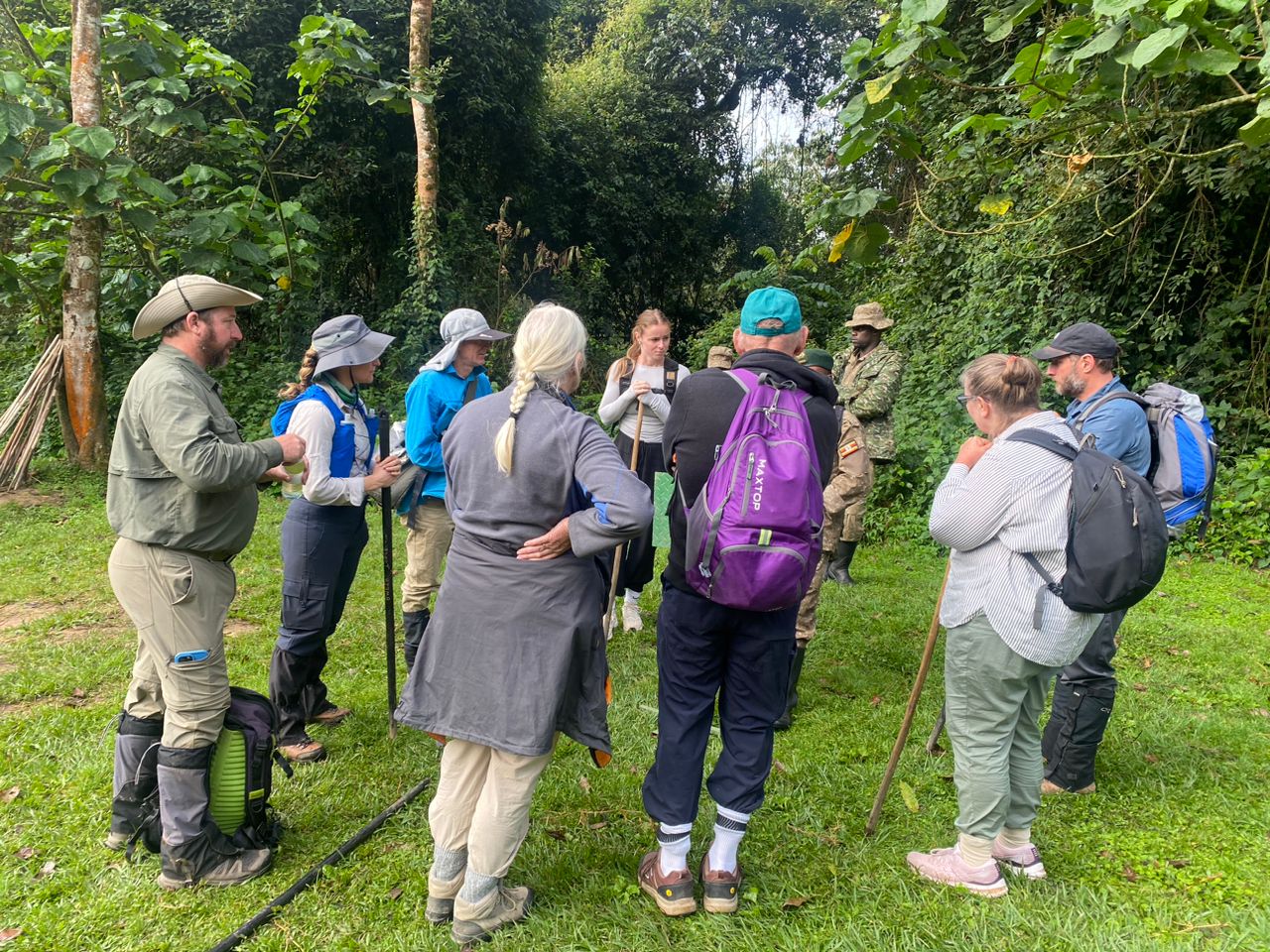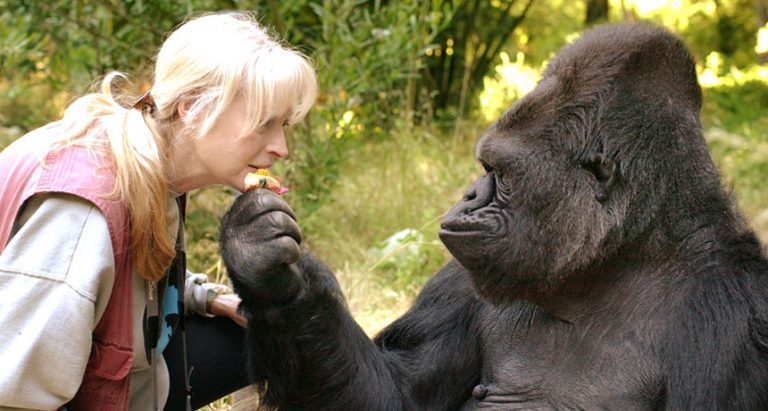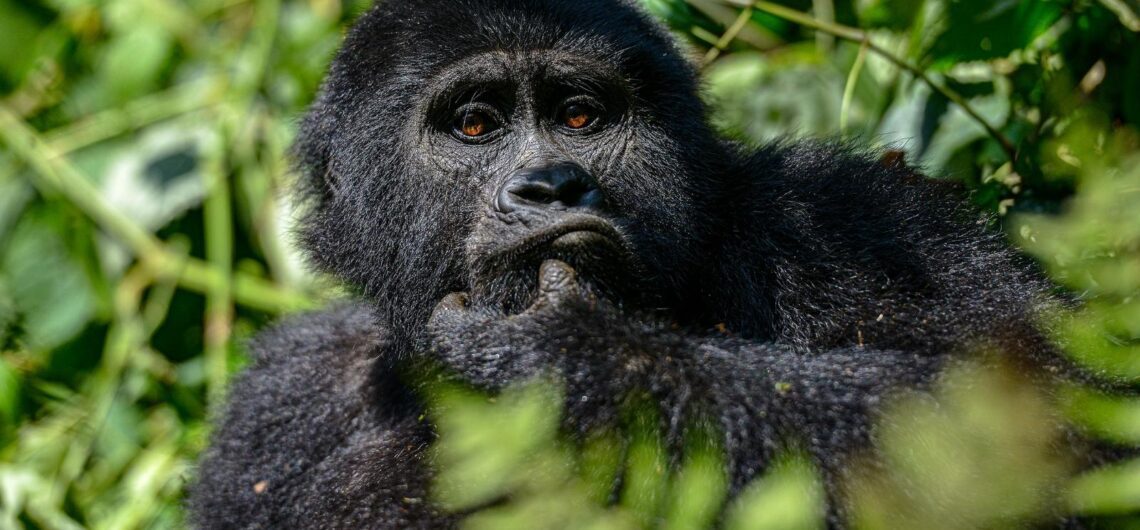Gorilla Trekking Vs Habituation in Uganda
Gorilla trekking and gorilla habituation in Uganda offer unique, thrilling, and deeply enriching experiences, allowing visitors to closely observe one of the world’s most majestic and endangered animals in their natural habitat. These activities are primarily conducted in Bwindi Impenetrable National Park and Mgahinga Gorilla National Park, which are home to the endangered mountain gorillas. You can book your permits for this safari with Amakula African Safaris Ltd which is a licensed tour operator.
Gorilla Trekking

Gorilla trekking is a guided hike through the dense forests of Uganda to see habituated mountain gorilla families. The trekking experience can vary in duration, ranging from 30 minutes to several hours, depending on the location of the gorilla family groups.
Preparation
- Permits: Obtaining a gorilla trekking permit is mandatory. These permits are issued by the Uganda Wildlife Authority (UWA) and are limited in number to minimize environmental impact and stress on the gorillas. The cost of a permit is $800 for foreign non-residents, $700 for foreign residents, and UGX 300,000 for EAC citizens.
- Physical Fitness: Trekking can be physically demanding due to the mountainous terrain and dense vegetation. A reasonable level of fitness is recommended.
- Gear: Essential items include sturdy hiking boots, long-sleeved shirts and pants to protect against insect bites and thorny plants, rain gear, a hat, sunscreen, insect repellent, a walking stick, and a backpack with enough water and snacks.
The Trekking Experience
- Briefing: The day starts with a briefing by park rangers on the trekking guidelines and safety precautions. Each group consists of a maximum of eight trekkers.
- The Hike: Here experienced guides and armed rangers for safety accompany Trekkers. The trek involves navigating through dense forest, steep slopes, and sometimes muddy trails.
- Gorilla Encounter: Upon locating the gorilla family, visitors spend up to one hour observing and photographing these incredible creatures. The experience is intimate and awe-inspiring, providing insights into gorilla behavior and social dynamics.
- Rules and Etiquette: To ensure the safety and well-being of the gorillas, trekkers must maintain a distance of at least 7 meters, avoid direct eye contact, and follow other guidelines provided by the guides.
Gorilla Habituation Experience

The gorilla habituation experience is an extended version of gorilla trekking, where visitors spend up to four hours with a gorilla group that is undergoing the habituation process. Habituation is the process by which wild gorillas become accustomed to human presence through gradual, daily exposure.
Preparation
- Permits: Permits for the habituation experience are more expensive than standard trekking permits, typically costing around $1,500. These permits also need to be booked well in advance due to limited availability.
- Physical Fitness and Gear: Similar to gorilla trekking, participants should be physically fit and well equipped with suitable clothing and gear.
The Habituation Experience
- Briefing: The day begins with a comprehensive briefing on what to expect and the protocols to be followed.
- The Hike: The hike can be longer and more challenging than standard treks, as it involves tracking less predictable gorilla groups.
- Extended Interaction: Visitors join researchers and trackers in observing the gorillas for an extended period. This offers a unique opportunity to witness a wider range of gorilla behaviors, including feeding, grooming, and social interactions.
- Contribution to Conservation: Participants gain insights into the conservation efforts and challenges involved in habituating gorillas. This experience not only provides deeper knowledge about gorillas but also directly supports conservation initiatives through permit fees.
Conservation and Community Impact
Gorilla trekking and habituation are not only remarkable wildlife experiences but also crucial for conservation and local communities:
- Conservation: The revenue generated from permits is reinvested into conservation projects, anti-poaching efforts, and maintaining the national parks. This financial support is vital for the survival of the mountain gorillas.
- Community Benefits: Local communities benefit through employment opportunities as guides, porters, and in hospitality services. A portion of the revenue from permits is also allocated to community development projects such as schools, healthcare, and infrastructure.
Best Time to Visit
The best time for gorilla trekking and habituation in Uganda is during the dry seasons, from June to August and December to February. These periods offer more favorable trekking conditions with less rainfall, although treks can be undertaken year-round.
Practical Tips
- Health Precautions: Visitors should be in good health, as gorillas are susceptible to human diseases. It is advisable to get vaccinations and consult with a healthcare provider before the trip.
- Respect Wildlife: Always follow the guidelines provided by your guides. Avoid loud noises and sudden movements that might disturb the gorillas.
Conclusion
Gorilla trekking and habituation in Uganda provide unparalleled opportunities to witness the magnificent mountain gorillas in their natural environment. These experiences are not only thrilling and educational but also contribute significantly to the conservation of this endangered species and the well-being of local communities. You can book your permits for this safari with Amakula African Safaris Ltd which is a licensed tour operator. For wildlife enthusiasts and adventurers, these activities offer a once-in-a-lifetime chance to connect with nature and support vital conservation efforts.


Comments